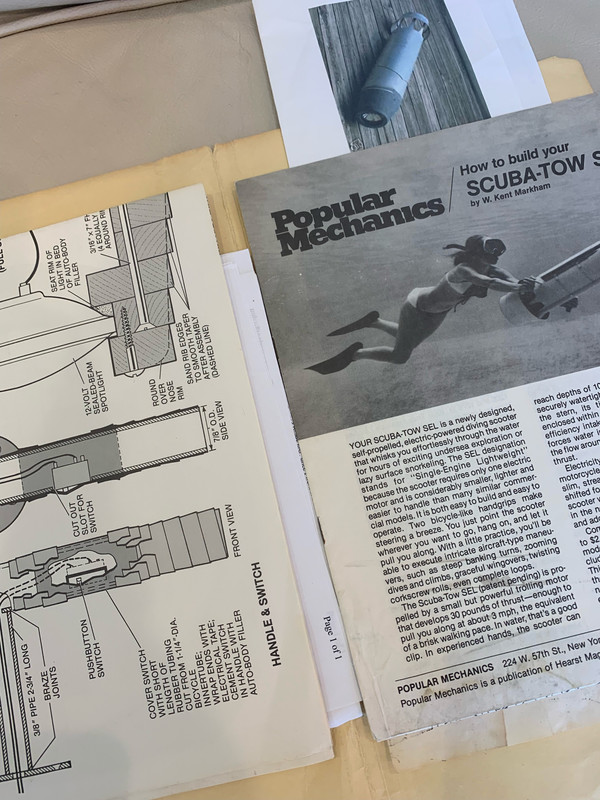Eric Sedletzky
Contributor
I’m thinking of building my own scooter. Has anyone here done this?
I was thinking of using an electric trolling motor, a multi directional sealed marine battery and build the housing out of fiberglass, which I have done a lot of (building plugs, casting molds, and finally casting finished parts). The controls might be a challenge but I could figure out a way to turn the handle controls into thumb controls on the handle.
I could also use aluminum since I can TIG weld it together, or a multitude of materials. I don’t care how heavy it is, I just want a lot of power and a lot of range. This would be for open ocean diving off beaches in Northern California.
And I have more time than money. I’m not shelling out 5K+ for a pro level scooter.
I was thinking of using an electric trolling motor, a multi directional sealed marine battery and build the housing out of fiberglass, which I have done a lot of (building plugs, casting molds, and finally casting finished parts). The controls might be a challenge but I could figure out a way to turn the handle controls into thumb controls on the handle.
I could also use aluminum since I can TIG weld it together, or a multitude of materials. I don’t care how heavy it is, I just want a lot of power and a lot of range. This would be for open ocean diving off beaches in Northern California.
And I have more time than money. I’m not shelling out 5K+ for a pro level scooter.





